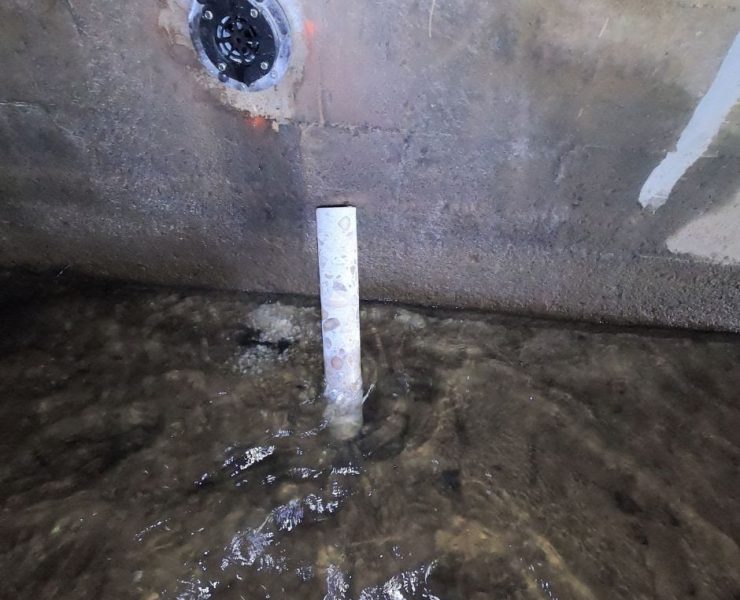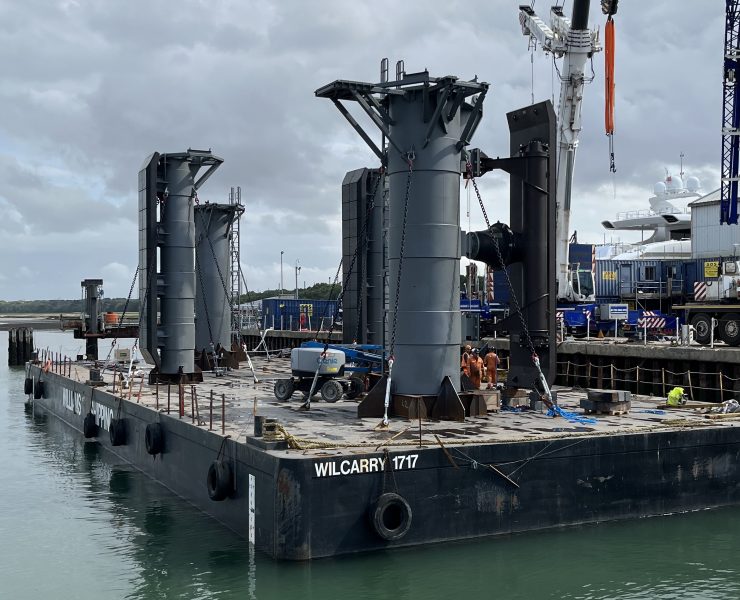An Excavation Pit With a View
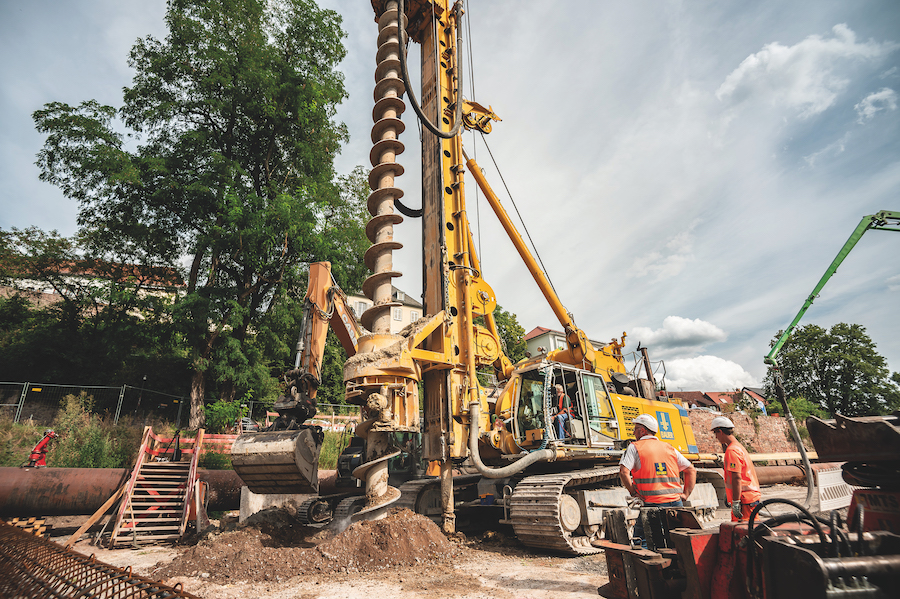

Aschaffenburg, Germany – To ensure that the waste water system of the German cultural city of Aschaffenburg will be fit for the future, a new waste water facility for the city’s mixed water system is currently being constructed in the immediate vicinity of the historical city center. With a view of the imposing Johannisburg castle and near the Willigisbrücke bridge on the banks of the Main River, two structures for waste water management are being constructed that will be combined and brought together in one complex: a rainwater overflow buffer with a capacity of 2,000 m3 and a new waste water pumping station. “Because this stretch of the Main is a very popular area for leisure activities and local recreation, green spaces will be restored on the surface after the end of the general construction activities,” explains Mona Feilner, project manager for Bauer Spezialtiefbau.
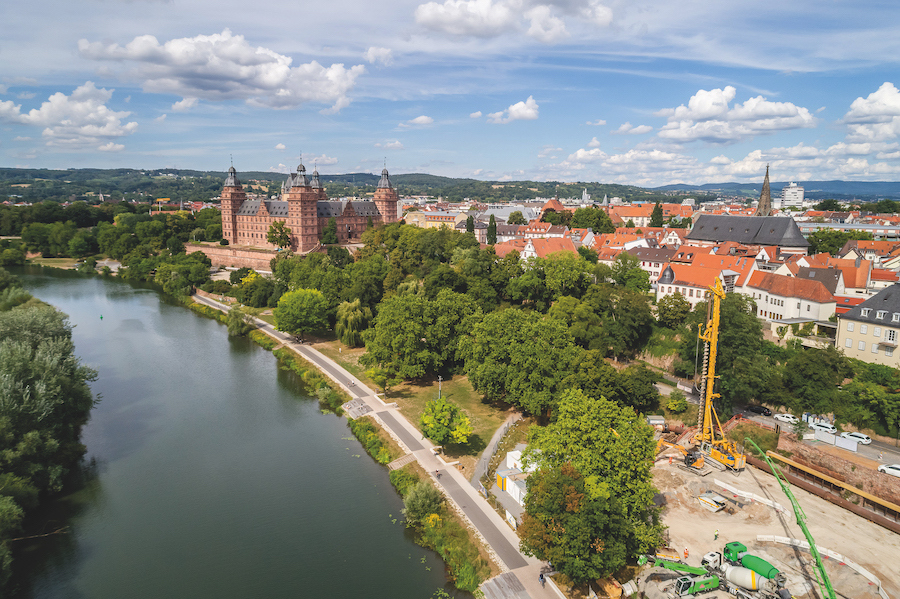
BAUER Spezialtiefbau GmbH is working together with Michel Bau GmbH from Klingenberg under the umbrella of the Willigisbrücke joint venture. The client is the civil engineering office for the city of Aschaffenburg. Bauer is carrying out the specialist foundation engineering works, which are expected to conclude in summer 2021. These works include the execution of a tied-back, water-resistant box for construction of the shell. Specifically, a retaining structure will be executed with a secant pile wall using the CFA method up to a depth of approx. 24 m; additionally, a low lying jet grouting cut-off base (HPI) will be installed. In some places, removable anchors will be used to tie back the retaining structure. This is the first time GRP anchors will be used in Germany. In addition, the shell will be secured against uplift with a micro pile foundation.
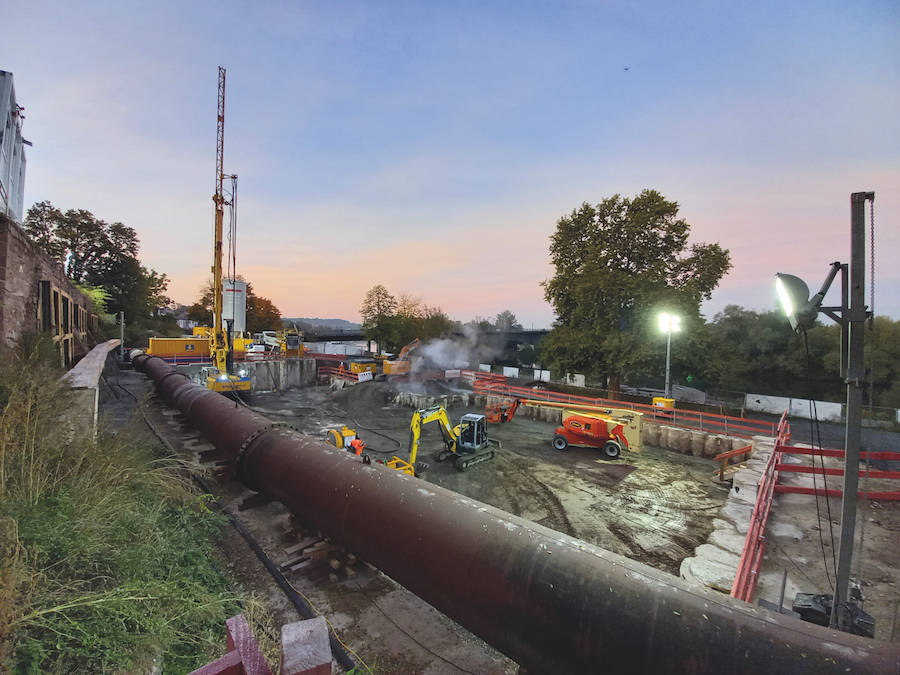
Work must proceed with particular caution, and success depends on the preparation and coordination of individual tasks as well as their execution by the different trades involved. A further challenge is ensuring that the service roads are kept operational at all times. A variety of largely unknown obstacles in the construction soil also requires heightened attention. “The right equipment technology is particularly important, as are quality assurance measures to achieve a ‘leak-proof’ excavation pit – particularly during construction of the HPI,” says Nicolai Guegel, construction supervisor for the execution of the HPI base at Bauer Spezialtiefbau.
Various equipment from the Bauer portfolio is used for these works, including a BG 40 for construction of the CFA piles and a BG 15 with HPI mixer technology and drilling slurry regeneration that is currently being used to carry out the HPI works. Following this, the anchors will be installed using a KLEMM KR 806 and uplift prevention will be executed using a BG 20.














